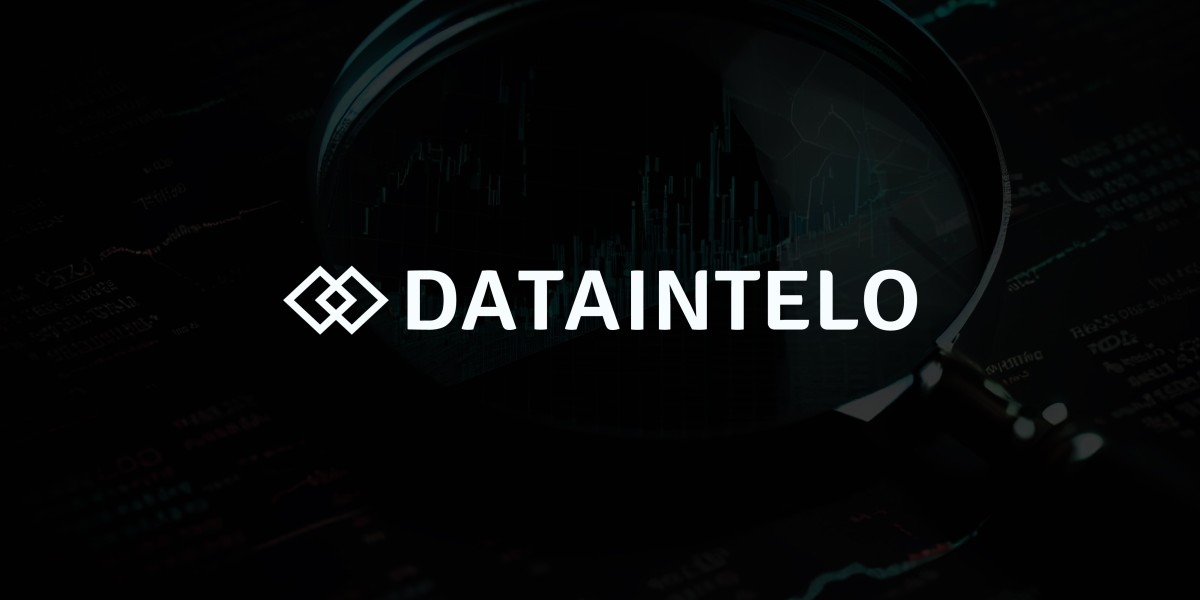June 2025 | Dataintelo Market Research Press Release
The global Drone Precision Landing System Market is gaining rapid momentum as industries increasingly adopt drones for critical applications requiring pinpoint accuracy. From logistics and agriculture to defense and infrastructure monitoring, precision landing systems are transforming unmanned aerial operations by improving safety, reliability, and mission efficiency.
As the number of drone deployments rises, so does the need for systems that enable automated, consistent, and error-free landings. Precision landing solutions use a combination of technologies, such as computer vision, LiDAR, GPS corrections, and infrared systems, to ensure stable and accurate landings in varied environments. This shift toward smart autonomy is fueling innovation across the drone ecosystem.
The market is further boosted by the integration of AI-based control systems and the growing emphasis on beyond visual line of sight (BVLOS) operations. These developments make precise navigation a necessity—not just an option—thereby enhancing demand for advanced landing technologies.
Request a Sample Report
https://dataintelo.com/request-sample/430459
Key Growth Drivers Fueling Market Expansion
Several critical factors are propelling the expansion of the Drone Precision Landing System Market:
Rising Commercial Drone Usage: Logistics companies, surveyors, and precision agriculture providers are increasingly deploying drones for operations that require accurate takeoff and landing sequences.
Advancements in Sensor Technology: Improvements in LiDAR, machine vision, and real-time kinematic (RTK) GPS systems are enabling centimeter-level accuracy, even in challenging terrain.
Government Support and Regulations: Aviation authorities are drafting new standards that promote the safe and efficient use of drones, including automated landing systems for urban air mobility and last-mile delivery.
These factors are working in tandem to increase the reliability of drones for critical missions, helping businesses reduce costs, boost productivity, and ensure compliance with aviation regulations.
Market Restraints and Challenges
While the outlook is promising, the Drone Precision Landing System Market also faces notable challenges:
High Development Costs: Developing and integrating advanced landing systems with drones can be capital-intensive, especially for startups or small service providers.
Complexity in Adverse Environments: Operating drones with precise landing capabilities in extreme weather or remote, GPS-denied areas remains a technical hurdle.
Cybersecurity Risks: As drones and landing systems rely on data transmissions, they can be vulnerable to cyberattacks and signal spoofing.
Despite these challenges, advancements in AI-based threat detection and secure communications are expected to improve the resilience of precision landing solutions over time.
View Full Report
https://dataintelo.com/report/global-drone-precision-landing-system-market
Unlocking New Market Opportunities
With the rise of smart cities, autonomous vehicles, and 5G connectivity, drone-based services are expected to flourish, creating lucrative opportunities for precision landing technology providers:
Urban Air Mobility (UAM): Autonomous passenger drones and air taxis will require highly accurate vertical take-off and landing (VTOL) systems, opening new application areas.
Disaster Relief and Emergency Response: Drones with precise landing capabilities can operate in constrained or dangerous areas to deliver supplies or assess damage.
Agricultural Automation: Precision landing systems support large-scale agricultural operations by enabling multiple drone missions with minimal human input.
These opportunities are attracting investments from technology developers and governments aiming to modernize infrastructure and improve public services.
Market Size and Forecast Insights
The global Drone Precision Landing System Market was valued at approximately USD 315 million in 2023 and is projected to reach USD 1.02 billion by 2031, expanding at a CAGR of 15.9% during the forecast period (2024–2031). This surge is primarily driven by the widespread adoption of unmanned systems across both commercial and defense sectors.
Prominent Market Trends:
Integration with AI and Edge Computing for Onboard Decision-Making
Use of Vision-Based Landing Systems for GPS-Denied Zones
Growth of Autonomous Drone-as-a-Service (DaaS) Models
Increased Demand for Dual-Use Systems Across Civil and Military Applications
Check Out the Report
https://dataintelo.com/checkout/430459
Market Segmentation and Applications
The market is segmented by technology, application, and region, offering deeper insights into growth patterns and emerging demand clusters.
By Technology:
Vision-Based Systems
GPS-Based Systems
LiDAR-Based Systems
Infrared-Based Systems
By Application:
Delivery & Logistics
Infrastructure Inspection
Agriculture & Forestry
Surveillance & Defense
Emergency Services
Among these, vision-based systems dominate due to their affordability and ability to operate without dependence on external signals. The delivery and logistics segment is expected to witness the highest growth rate as e-commerce giants and postal services incorporate drones into their distribution networks.
Regional Analysis and Emerging Hotspots
Geographically, the Drone Precision Landing System Market demonstrates diverse growth trajectories:
North America: Leading the global market with high investments in drone R&D, favorable FAA regulations, and widespread enterprise adoption.
Europe: Focused on smart mobility and sustainable transportation, with increasing funding for drone corridor infrastructure.
Asia-Pacific: Experiencing robust growth driven by demand from agriculture, construction, and border surveillance, particularly in China, India, and South Korea.
Latin America and MEA: Emerging markets with growing defense budgets and increasing interest in drone delivery networks for remote regions.
Request a Sample Report
https://dataintelo.com/request-sample/430459
Strategic Outlook and Future Developments
Looking ahead, the Drone Precision Landing System Market will be shaped by innovations in autonomy, miniaturization of sensors, and AI-driven flight planning. As 5G and low-Earth orbit satellite networks become more prevalent, drones will be capable of communicating and coordinating with higher accuracy and lower latency, enhancing the efficiency of precision landing systems.
Industry stakeholders are also exploring collaborative platforms, where fleets of drones operate autonomously with shared data inputs, making synchronized and pinpoint landings a norm across large-scale operations. This shift could revolutionize drone delivery systems, automated inspections, and even medical supply chains.
Conclusion
The Drone Precision Landing System Market is on a transformative path, driven by technological breakthroughs and a rising demand for reliable autonomous systems. As industries across the globe shift toward automation, these precision landing technologies will become essential components in delivering accuracy, safety, and operational scalability.
Backed by strong market dynamics, supportive policies, and rapid innovation, the sector is well-positioned to grow and redefine the future of drone operations.







